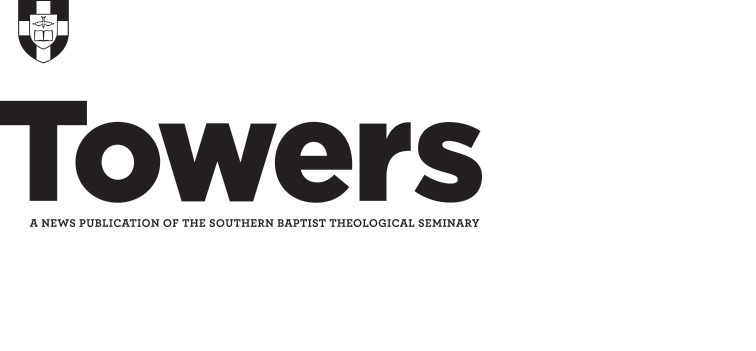A Commentary on Exodus
Duane A. Garrett
Before the 21st century, major Hollywood movies like The Ten Commandments (1954) and The Prince of Egypt (1998) celebrated the redemptive power of the Exodus narrative. Yet in the past decade, films, TV documentaries, and scholarly writings have questioned the historicity of the Exodus account. A new commentary from Duane A. Garrett, John R. Sampey Professor of Old Testament Interpretation at Southern Seminary, not only defends the reality of Exodus but contends for its relevance in Christian teaching.
“Exodus is the beginning of everything that is distinctively Israelite, and it is the fountainhead of most of the literature of the Old Testament that follows,” Garrett writes. “That history, along with the establishment of the Sinai covenant, was their pride, their identity, and their claim to being the people of YHWH.”
In a lengthy introduction to the commentary, Garrett examines ancient Egyptian geography and history, scholarly opinions on the dating of the exodus, the location of the Red Sea and Mt. Sinai, and the primary themes of the book.
Even evangelical scholars remain divided over an early or late date of the exodus, and Garrett provides a summary of each theory and its weaknesses. Rather than making a case for a specific date or pharaoh, Garrett ultimately warns scholars, and especially pastors, not to base their trust in the biblical account on a specific theory.
“I do not think it is wise or right to suppose that we can correct what seems to be a deficiency in the Bible and fix a date for the exodus, describe fully the historical setting, or name the pharaoh of the exodus,” Garrett writes. “We should teach the biblical history and not some reconstructed, hypothetical model that tries to make definite what the Bible leaves indefinite.”
While Garrett illustrates how the text is intentionally silent on the date and the pharaoh, he argues that Exodus clearly presents a geographical setting for the Red Sea and Mt. Sinai, thus making a search for these locations legitimate. Garrett points to and supports the recent study of James Hoffmeier, which concluded that the miracle of the Red Sea occurred at the northern Gulf of Aqaba and identified Mt. Sinai as the volcanic Mt. Bedr.
Arguably his most significant contribution to the literary analysis of Exodus is his emphasis on “The Songs of Exodus,” which are also organized in an appendix. Previously, scholars have only recognized “The Song of the Sea” in Exodus 15:1-18, but Garrett suggests that it is one of eight songs in the book.
“The songs of Exodus celebrate YHWH’s power and goodness as well as the glory that Israel has as YHWH’s covenant people,” Garrett writes. “They may well have served both as Israel’s early hymnody and as a succinct but poetic means for recalling the story and lessons of the exodus.”
The most familiar aspect of the exodus is often called the “ten plagues.” Garrett argues, however, that readers should think of the “twelve miracles” — beginning with the staff turned to a snake and ending with the parting of the Red Sea. He further explains that each miraculous event follows a similar structural pattern in the text as the intensity increases from warning to disaster.
Garrett’s commentary focuses on highly technical aspects of Hebrew composition, yet his insight into the text is valuable for pastors and scholars alike. Theological summaries of key points in his exegesis offer pastoral wisdom and Christian application in light of biblical theology.
(Kregel Academic 2014, $39.99)




